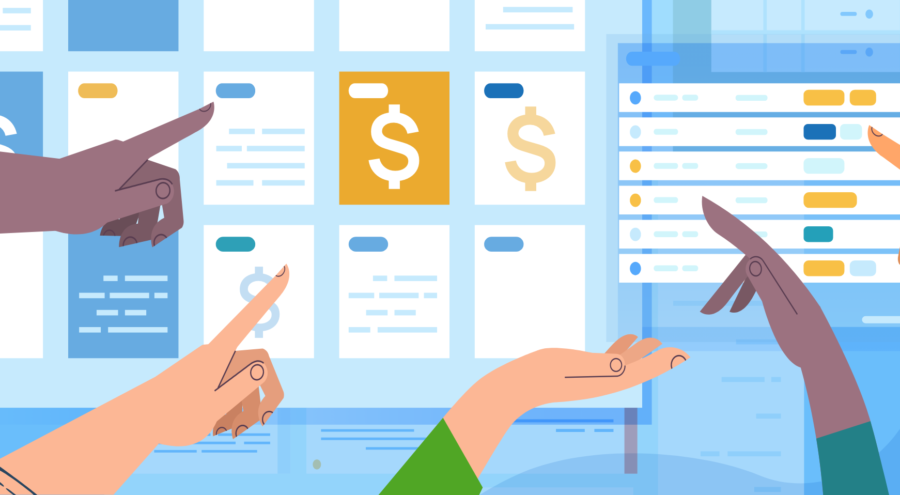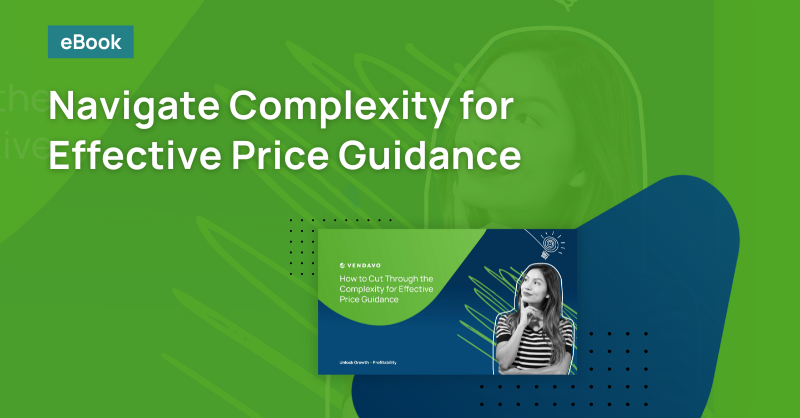What Is Pricing Efficiency?
Pricing efficiency is the assumption that a price is reflective of everyone in the market being in possession of all available information. It is also using smart process decisions to minimize the inefficiencies that are cutting into profits.
Businesses are constantly looking for ways to wring just a bit more revenue out of their prices. As any pricing professional knows, this isn’t as easy as “just raising prices”. There’s only so high you can go and remain marketable, while there is a seemingly limitless array of costs and inefficiencies that can eat away at profits from the inside.
There are numerous pricing strategies and tools that can be used to fight the pricing war, including data-driven pricing analytics and dynamic pricing software. In this case, let’s focus on how the right technology can support pricing efficiency.
Pricing Efficiency: The New, Business-Oriented Definition
If you enter “price efficiency” in your favorite search engine, you’ll most likely get a lot of definitions that refer back to economic theory. For example, Nasdaq’s glossary defines pricing efficiency as “a market characteristic that prices at all times fully reflect all available information that is relevant to the valuation of securities.”
However, there’s an often-overlooked definition of price efficiency that is more concerned with practical applications – and it’s one businesses should be aware of. Pricing efficiency can be looked at as a way to ‘trim the fat’ by streamlining approval processes and workflows. The goal is to ensure pricing teams are making the right decisions in the shortest amount of time.
We can think of pricing efficiency as optimizing processes related to and impacting pricing. So, let’s talk about the practical implications of price efficiency for today’s companies. Specifically, we’ll look at areas where teams can be quite ineffective and how using a data-forward, technology-driven approach can lead to greater price efficiency.
Pricing Inefficiency: Finding Areas That Eat Into Profits
Depending on who you ask, there are 4, 5, 6, 8 or more steps to setting a price. These include doing your research, assessing the market value, determining competitors’ prices, choosing the best pricing strategies, evaluating price performance, and more. But that’s only half of the equation, because the revenue derived from those prices supports a lot more than just the initial pricing process.
First of all, each of the stages listed above rely on data. And manual data collection is time-consuming and resource-inefficient. Unless this task is streamlined, usually via automation, all those employee hours finding and tabulating data from various sources can trim profit margins very quickly. Next, add in the time for analysts to analyze the data and for employees to process rebates, discounts, returns, and other adjustments. It’s quite clear how this often forgotten aspect of pricing can seriously impact the bottom line.
This alone makes a compelling case for using technology to optimize for price efficiency. Not only are the best of today’s data-processing solutions extremely fast and readily available, but they are also much better than human beings at handling huge amounts of data without fatigue, distraction, and the resulting mistakes.
Is your pricing and selling optimized for profitability?
Take the Commercial Excellence Maturity Assessment to discover where you fall.
Transforming Price Efficiency with Technology
Data processing technologies – especially when paired with Artificial Intelligence – have already proven their worth in the business world. What’s becoming increasingly apparent is how easily they can be used to optimize for price efficiency and various parts of the pricing process.
For example, Vendavo’s Pricepoint price management software allows businesses to collect data from disparate places (solving the first issue of data collection and preparation). It includes local market information and competitors’ activities, which increases the accuracy of any analyses carried out by this solution. And it allows users to set and automate custom business rules, which provides needed flexibility and granularity to the results.
Another benefit of a technology solution like this? Velocity-to-profit (and technology ROI) becomes much faster, as features within a tool like Pricepoint accelerate implementation methodology so a company is able to quickly apply best practices for its particular vertical.
Is Pricing Efficiency or Pricing Effectiveness the Most Important?
We’ve spent a lot of time discussing the benefits of pricing efficiency. What about pricing effectiveness?
The two terms are very similar, but they describe two different areas. While pricing efficiency is about eliminating wasted time and effort in business areas, pricing effectiveness is more concerned with how to improve pricing results. With this in mind, it’s easy to see how the former plays an important part in the latter.
Data-driven pricing efficiency and price effectiveness solutions are vital in today’s volatile markets. Though they use different tactics and are aimed at slightly different objectives, businesses need both efficiency and effectiveness if they want to develop pricing strategies that don’t end up costing more (in effort and expense) than they yield.



